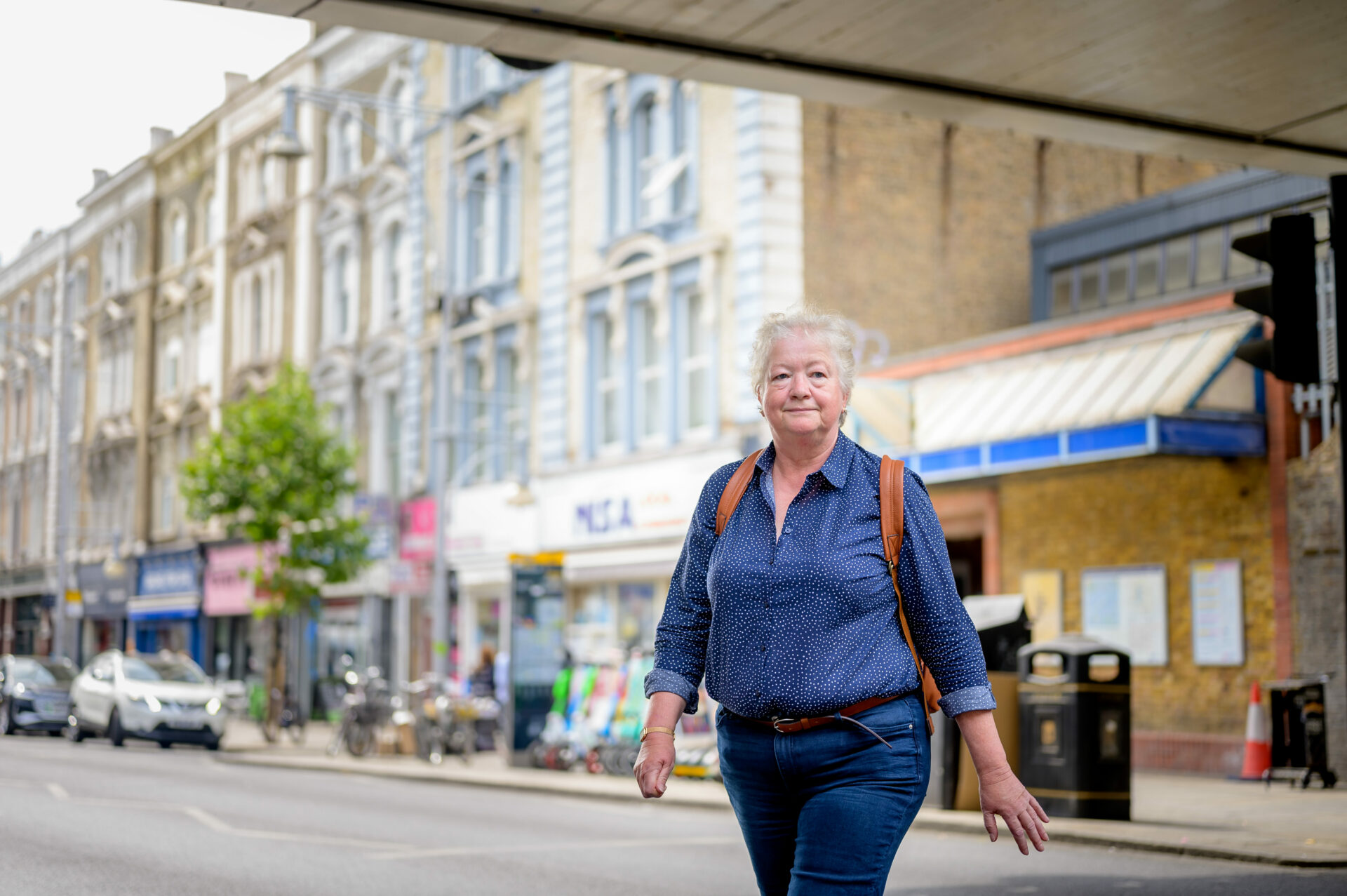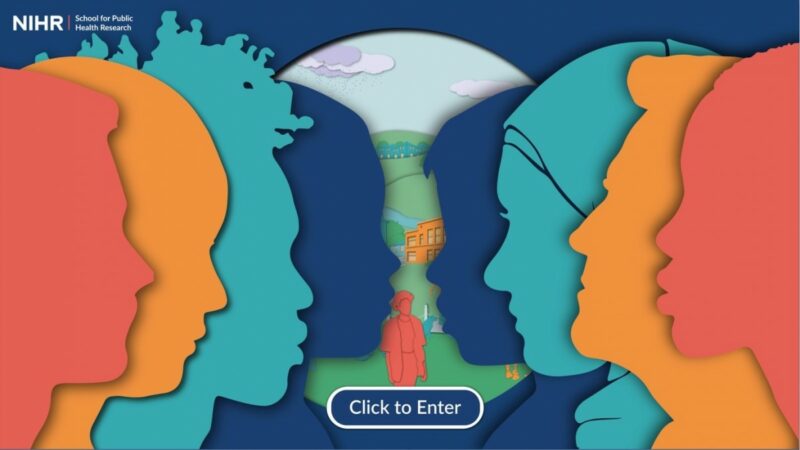Project overview
The aim of this nationwide Public Mental Health (PMH) programme has been to identify the broad determinants and core outcomes of public mental health, as well as interventions to improve wellbeing and reduce inequalities.
Phase 1 consisted of four projects:
- Developing a Conceptual Framework – what is public mental health?
- Core Outcomes – can we develop a way to systematically measure it?
- Children and Young People – how do educational settings impact on mental health and how can school-based interventions reduce inequalities, particularly for LGBT+ people?
- Evidence Reviews and Mapping – what does existing research on adults facing psychosocial stressors, older adults, black and minority ethnic individuals say? Can we map out local community-based interventions and how these respond to the needs of the community?
Phase 2 focussed on promising approaches for mental health. This consisted of 5 projects which explored public mental health in adults, with a further 3 focussing on children and young people. Find out more about the projects below.
The programme was run in collaboration with University College London, Imperial College London, the London School of Hygiene and Tropical Medicine, University of Cambridge, University of Sheffield, University of Bristol, LiLac (the universities of Liverpool and Lancaster) and Fuse (the universities of Durham, Newcastle, Northumbria, Sunderland, and Teesside).
Project details
Public mental health is the art and science of promoting mental health and wellbeing, and preventing mental illness. It acknowledges that the physical, familial, social, cultural, economic and political environments in which people are born, grow, live, work and age have important implications for mental health.
It is an international priority and a major challenge for public health practitioners. There is not much evidence on effective interventions, yet the need is clear.
The Public Mental Health Programme aims are to respond to this need and generate new knowledge that practitioners can use to meaningfully make a difference.
It is concerned with mental health at the population level, and aims to answer questions such as: What does a mentally healthy population look like? What determines this? How do we improve outcomes? Where should we focus our efforts?
We ensured that the research both involved the public and went back to the public by coordinating public involvement across the programme.
We worked with a team of Peer Researchers who brought a wealth of different lived experiences and identities, their input broadened the lens through which the work was viewed and informed and shaped the research as it developed.
We engaged the public through workshops, consultations and social media, and tried to expand the reach of the Public Mental Health Programme by influencing the way research is done and how the findings are shared.
One way we did this was by making sure that a diversity of people were involved at every stage of the study – people of different ages, gender identities, backgrounds, ethnicities, geographical locations and lived experiences of mental health.
We are also made sure that voices that are often unheard were sought out and truly listened to. These voices are often the ones that have been at the harsh end of inequalities and their perspectives are critical.
The projects we worked on included:
Adult mental health projects
- Co-located services for working-age adults – when services work together in community spaces, does this improve mental health and reduce inequalities?
- Community interventions for older adults – how do these support the wellbeing of older adults and what value do they have?
- Economic evaluation of public mental health intervention – what impact do policies and interventions have on mental health?
- Using big data to understand public mental health interventions and inequalities – what data provides evidence on the impact that policy changes could have on mental health outcomes?
- Public perspectives on inequalities in public mental health – a peer led study – how to people define and experience inequality and how does this impact mental health?
Children and young people mental health projects
- School culture and student mental health: by using a participatory action approach, can young people help shape the culture of school and create a sense of community beneficial to mental health?
- Links between school culture and student mental health – how can school culture be changed in order to better manage substance use challenges within a secondary school setting and improve mental health outcomes for students?
- Creating a Health Research Network to improve young people’s mental health and well-being -providing research evidence to schools on how to improve the health of their students
Read more about Phase 3 of the Public Mental Health Programme here.
For more general information about project, please email [email protected].
You can also follow #IamPublicMentalHealth on its website, and have your say using the hashtag on Twitter.
You can also read more about it in this blog:
Related blogs
Related projects
Work with us
We are always excited to hear from others who want to collaborate on mental health research. From delivering peer research to helping you with public involvement strategies and providing training, get in touch to chat.







